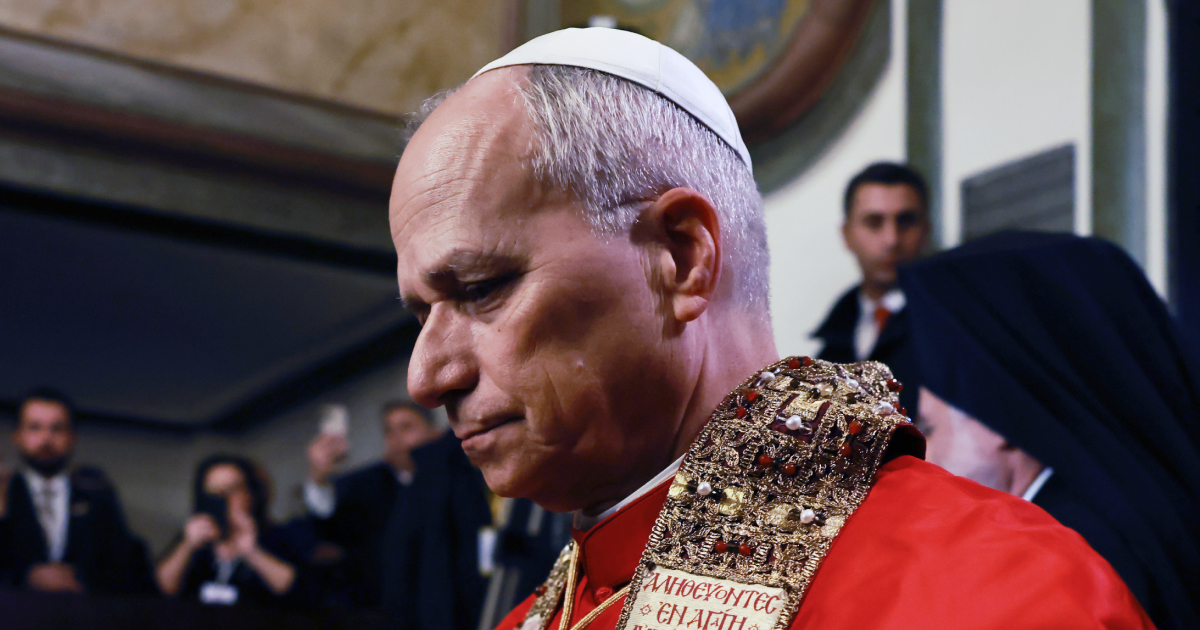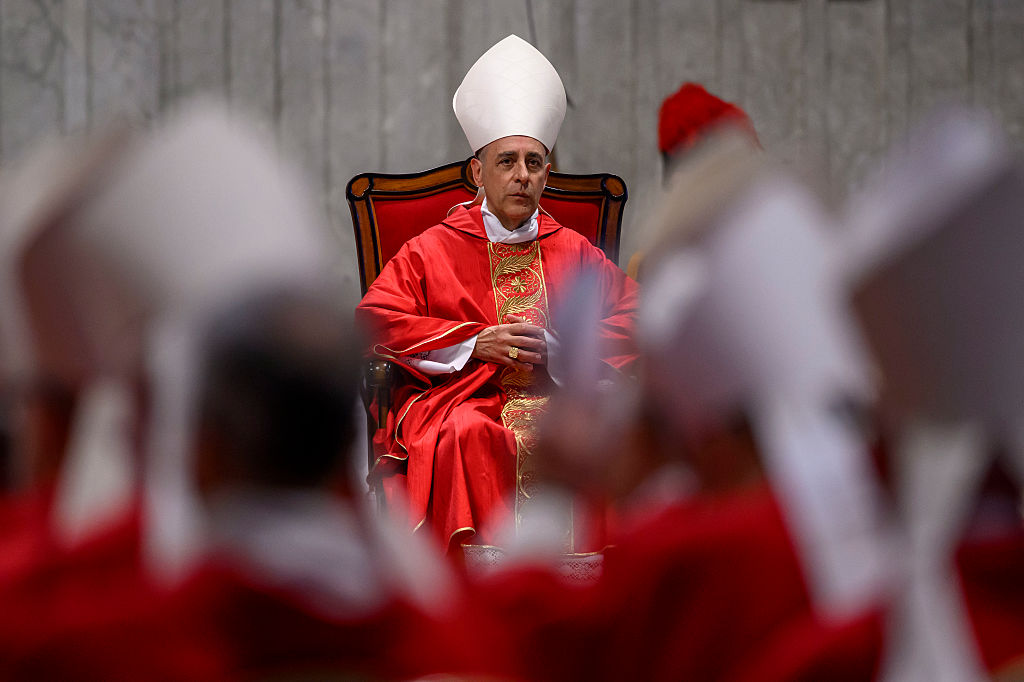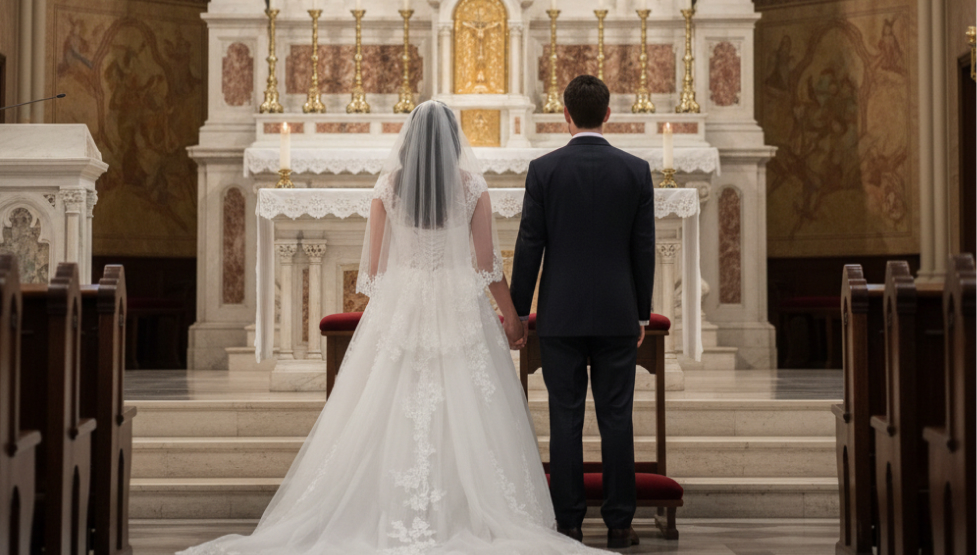Cardinal Mauro Gambetti, the Archpriest of St Peter’s Basilica, presided over a solemn rite of reparation on 13 October, following the desecration of the basilica’s main altar two days earlier.
The ceremony, held at the request of Pope Leo XIV, was intended to restore the sanctity of the Altar of Confession, which stands at the heart of Christendom, directly above the tomb of St Peter.
On the afternoon of 11 October, an unidentified man climbed onto the Altar of Confession and urinated in front of hundreds of horrified visitors. According to reports in Corriere della Sera and Il Tempo, Vatican security officers quickly subdued the man and escorted him from the basilica.
Footage of the incident, widely circulated on social media, showed shocked pilgrims looking on in disbelief as the desecration unfolded beneath Bernini’s great baldachin.
Three days later, Cardinal Gambetti led a penitential procession through St Peter’s before offering prayers of atonement and sprinkling the altar with holy water.
The act, which also involved the use of incense and prayers for forgiveness, followed the norms set out in the Church’s liturgical books for the reparation of sacred places.
Officials from the basilica confirmed that the rite had been carried out in full accordance with canon law, which states that worship may not resume in a desecrated church until it has been ritually purified.
The Vatican has not released further details about the man responsible for the offence, nor about his motives. Pope Leo XIV was said to be deeply disturbed by the news, and the Holy See has been considering additional security measures to prevent similar incidents in the future.
This is not the first time the Altar of Confession has been the scene of such misconduct. In recent years, several individuals have breached security in the basilica, including a man who climbed onto the altar last year and undressed in protest, prompting another act of reparation.
Each incident has renewed concern about the security vulnerability of the world’s most visited church.
The Altar of Confession, completed in the 17th century and crowned by Gian Lorenzo Bernini’s monumental bronze canopy, carries profound spiritual significance. Its desecration represents not only an offence against a place of prayer but also a wound to the unity and devotion of the faithful. The solemn rites of reparation cleansed and sanctified the profaned space.
Photo credit: St Peter´s Basillica wesbite










.jpg)





